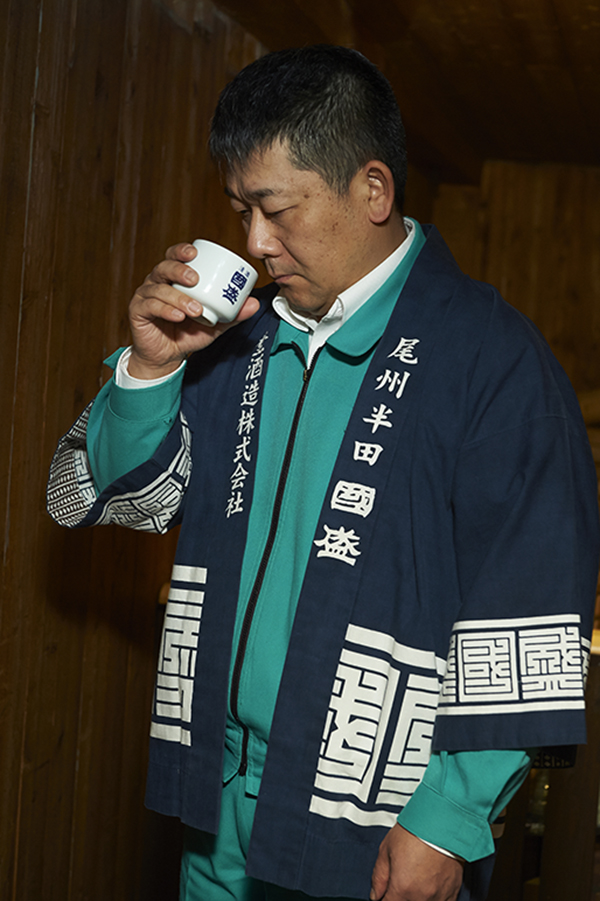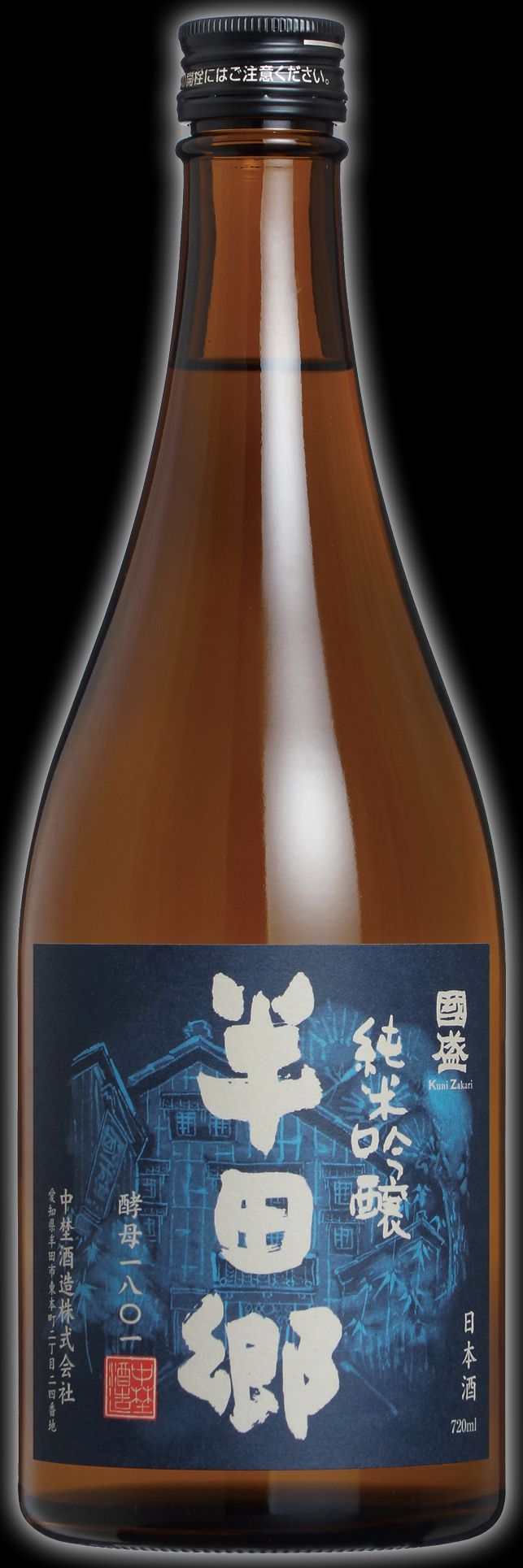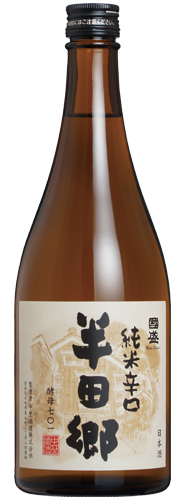
GAHOUJIN Junmai Daiginjo
Alcohol Content:15%Raw Materials:rice(Yamada Nishiki), koji
Rice-Polishing Ratio:30%
Sake Meter Value:±0.0
Delicate sweetness with fruity aromas
Rice, water, and climate are important factors to making good sake. Sake can only be made once a year. Because the rice harvest varies, there is no specific recipe that works every year. A great deal of planning goes into the rice-polishing ratio that is adjusted to the quality of the rice grain. From there, a specific day is selected where temperature and humidity are just right to start the sake making process. After that, the fermenting mash is produced and the fermentation process begins. This process requires the combination of daily tasting and chemical analysis to create the best sake. This traditional sake making method paired with Hideya’s craftmanship and his eagerness to challenge himself, is the key to sake making at the Nakano Sake Brewery.
Hideya Funai
 |
 |
 |
| 我逢人【GAHOUJIN】 It all begins with an encounter. Every encounter must be cherished. Sake brings people together. Gahoujin gives the palate an encounter with a mysterious and exquisite flavor. --- read more |
半田郷【HANDAGOU】 The creators of this sake took inspiration from the diverse food culture and traditional flavors adored by the people of Chita for over 20 years. It can be enjoyed across various occasions because of its natural sweet and mellow flavor extracted from rice grains. Handagou is a "jizake"(local sake) that has been appreciated by many. --- read more |
彩華【SAIKA】 With a special sensitivity to rice as an ingredient, the brewmasters in Chita wanted to take on the challenge of creating a new exceptional sake. Connecting with farmers more than 1000km away in Hokkaido, this collaboration allowed brewmasters and farmers to work together on this special product. --- read more |

Delicate sweetness with fruity aromas

Semi-dry with bright aromas

Slightly dry with an elegant scent

Dry with mellow aromas

Dry with a mellow scent

Slightly dry with elegant aromas

Delicately sweet with a flowery scent